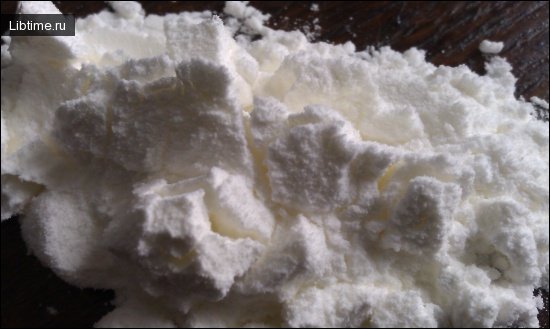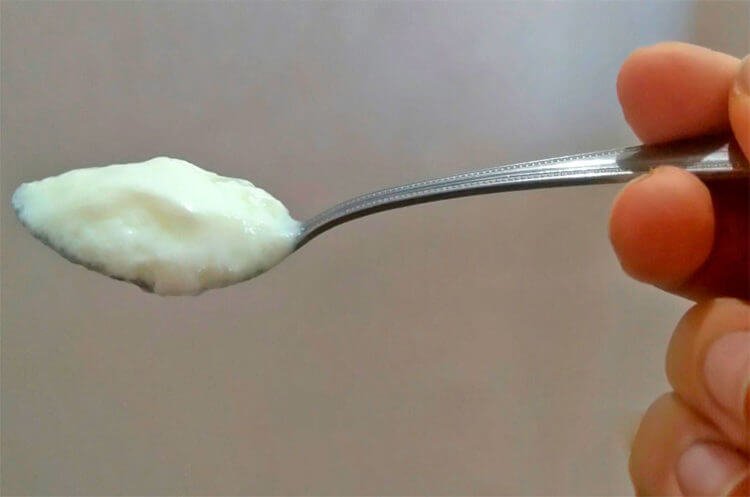Thermometric support
Copper and platinum resistance thermometers are simple in design, reliable in operation, and affordable during use.
The principle of operation is based on the change in the electrical resistance of conductors or semiconductors under the influence of temperature and is described by the following equations: for conductors Rt = R0(l +αt); for semiconductors: Rt = R0(l +βt), where a and β are the electrical resistance coefficients of conductors and semiconductors.
Copper resistance thermometers are used to measure temperatures from -200 to + 180 °C and have a linear dependence of resistance on temperature. They are made of copper wire with a diameter of 0.1 mm. The nominal resistance of the thermometers at 0°C is 10, 50, and 100 ohms, respectively, in 10M, 50M, and 100M graduations. Platinum thermometers measure temperatures from -260 to 1100°C.
Industrial thermometers are made of platinum wire with a diameter of 0.05-0.1 mm. The nominal resistance of the thermometers at 0°C is 1; 5; 10; 50; 100; 500 ohms in accordance with the graduation 1P, 5P, 10P, 50P, 100P, 500P.
Resistance thermometers work in combination with balanced and unbalanced bridges and logometers. The operation of the automatic bridge is based on the compensation method, according to which the change in thermometer resistance is compensated automatically by redistributing the rheochord resistance between adjacent bridge arms. The main components of the bridge are a measuring bridge circuit, an electronic amplifier, reversible RD and synchronous RD motors, a recording mechanism, and a resistance thermometer.
The bridge consists of four arms that form two diagonals: measuring (a-b) and feeding (c-d). Resistance thermometers are included in one of the arms, and the rheochord Rp is connected between two adjacent arms of the bridge, which is powered by alternating current. The automatic bridge will be in a balanced state when the products of the resistances of the opposite arms are equal to each other: R, (Rt+ RnI-f Rrtp) - (R2+Rn2)( R2+rn +R) 
When the temperature in an object changes, the value of the thermometer resistance changes, which leads to an imbalance of the bridge. A signal AU is generated in the measuring diagonal, which is supplied to the EP and the reversing motor RD. The latter moves the rheochord slider until the unbalance signal is eliminated and the bridge reaches equilibrium. The RD will stop, and the device arrow will show the new temperature value.
The industry produces automatic bridges of the following types: ISM 140; ISPMI; KVM1; KSM2; KSM4; DISK-250; RD I60, etc. Accuracy classes: 0,25; 0,5; 1,0; 1,5.
Lib Time is an opportunity to create your own blog.


